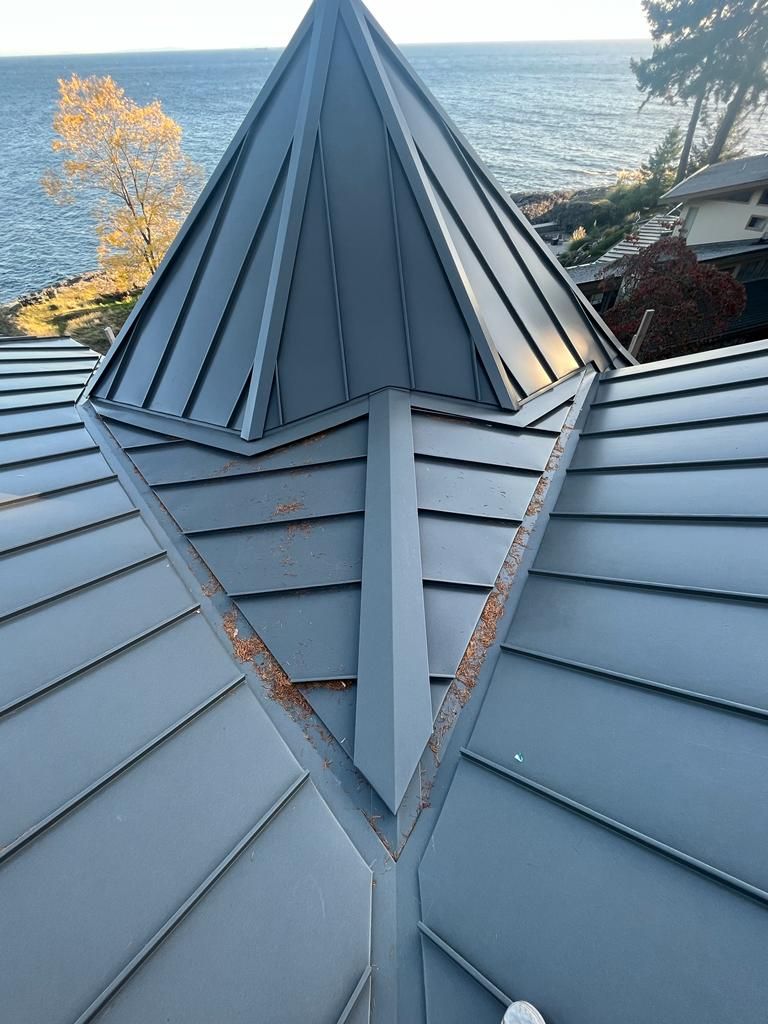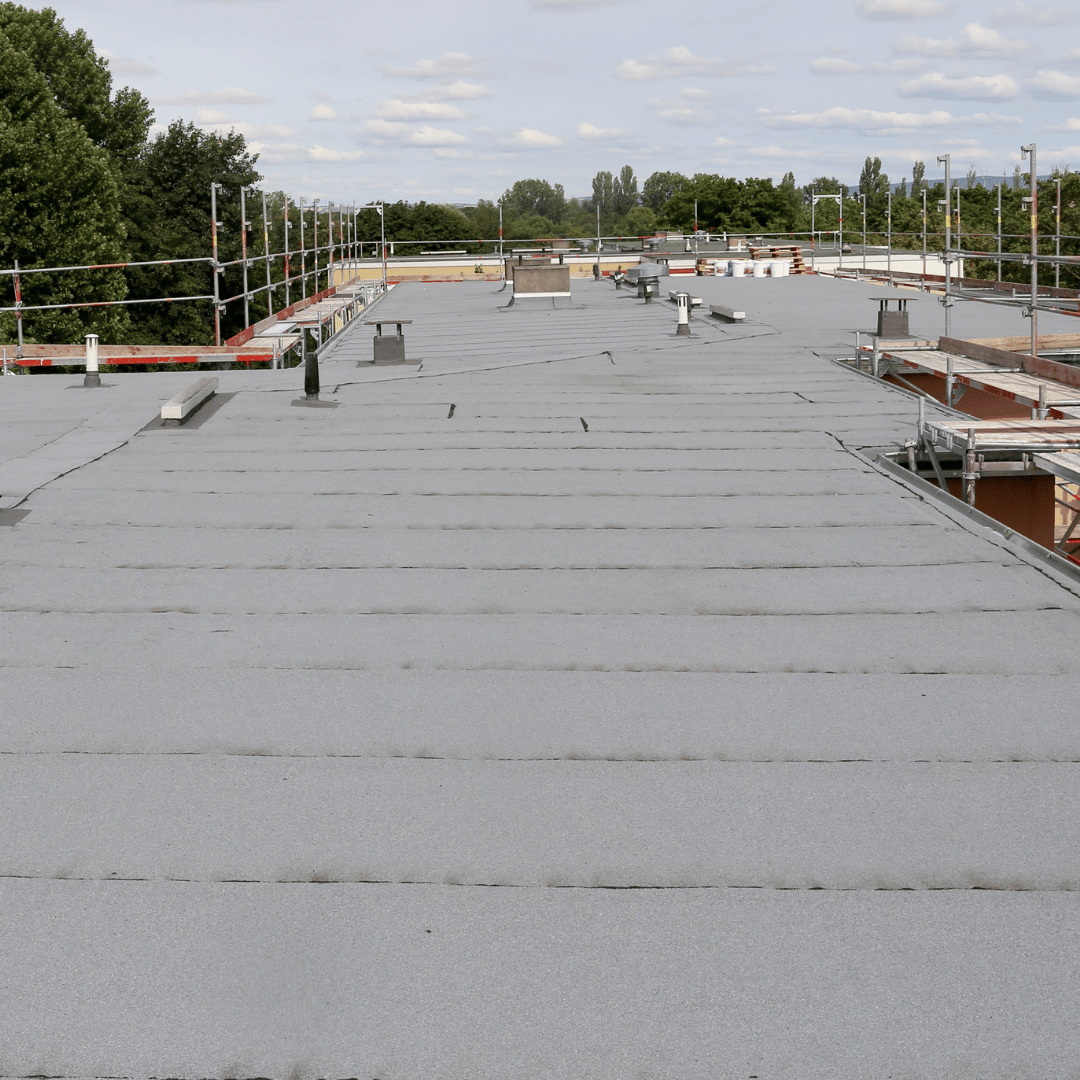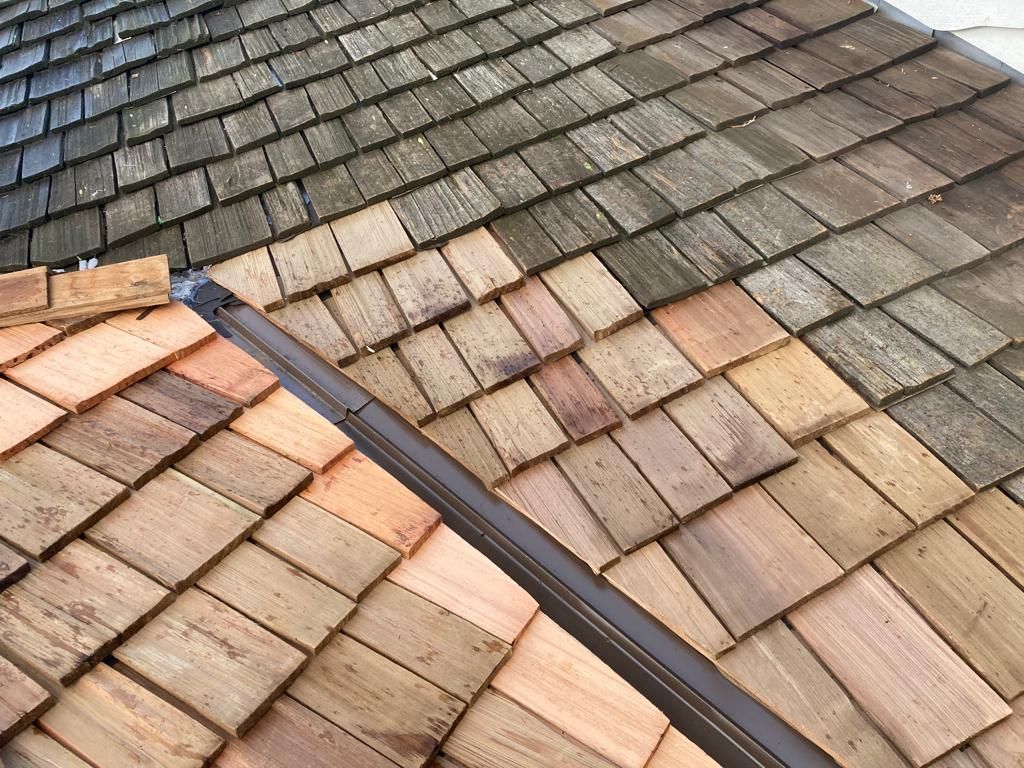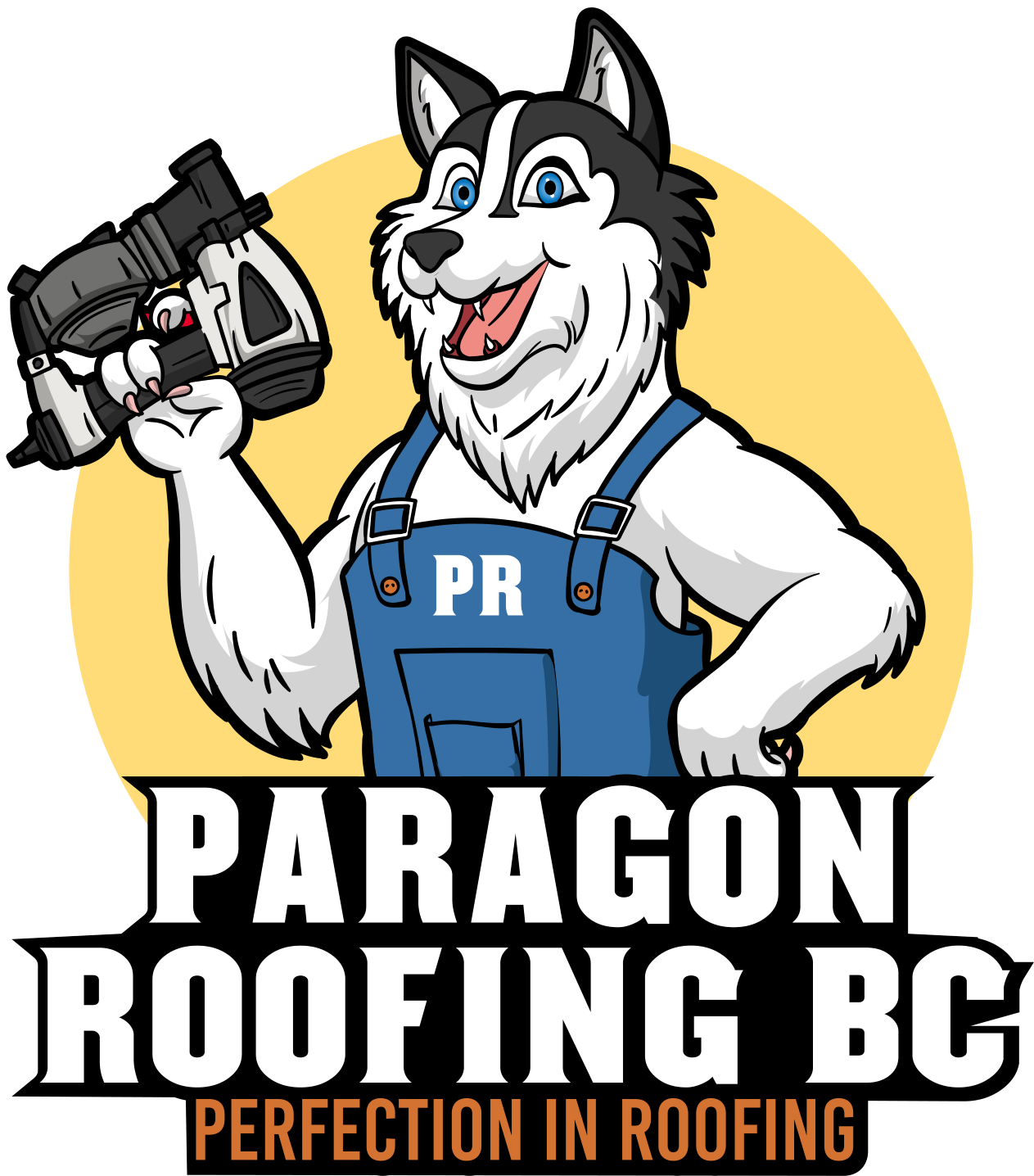Call Today
12233 92 Avenue, Surrey, British Columbia V3V 7R9, Canada
Reach Out
CALL US TODAY · 604-358-3436
Whistler Roofing : Paragon Roofing BC’s Best Practices for Snow
Whistler Roofing Advice by Paragon Roofing BC!
Whistler Winter Roofing Guide: Paragon Roofing BC’s Best Practices for Snow and Ice Management
(Written by Harman, owner of Paragon Roofing BC, for friends, neighbours, and anyone dealing with Whistler’s winter roof challenges.)
Quick Summary Bullet Points
- Heavy Snowfall Realities: Whistler can see up to 11-12 metres of snow each season, stressing roofs more than many realize.
- Frequent Storms: Southwestern BC’s winter storms are getting fiercer, with some areas registering 30+ significant snowfall or ice events annually.
- Ice Damming Dangers: Poor attic insulation, combined with freeze-thaw cycles, often leads to ice dams that can cause leaks and interior damage.
- Snow Load Codes: The BC Building Code specifies strict roof snow load requirements, especially in high-snowfall areas like Whistler.
- DIY Snow Removal Tips: Use extended snow rakes, stay off the roof whenever possible, and follow safety guidelines to avoid falls or structural damage.
- Professional Assistance: For complex situations—major ice dams, structural sagging, or unknown roof weaknesses—calling a professional is often the safest route.
Real Disasters Paragon Roofing BC Helped Resolve (Experience)
1. Sudden Roof Collapse Near Whistler Village
A few winters back, we got a frantic call from a homeowner who woke up to a loud crash. The older wooden structure had accumulated layers of heavy snow—and a bit of ice—over a series of winter storms. One big storm and an overnight freeze-thaw led to partial roof collapse right above the living room. We arrived to find the interior drenched, a few ceiling beams split, and the family in sheer panic mode.
- What We Did:Quickly tarped the roof to prevent further water entry.
- Reinforced the compromised trusses.
- Removed snow and ice methodically without risking further cave-in.
- Worked with local building inspectors to ensure the repairs met or exceeded code.
- Result: Within 72 hours, we had the roof temporarily stabilized. Over the next two weeks, we helped them rebuild that entire section. They’ve since upgraded their insulation and installed a better ventilation system.
2. Ice Dam Flood in Function Junction
Ice dams can be terrifying, especially if you’re not aware of them until it’s too late. A friend in the Function Junction area had water pouring down the interior walls. She thought it was just condensation from cooking or showering, but it turned out to be a colossal ice dam forcing meltwater beneath the shingles.
- What We Did:Carefully used steam to melt away the dam (no harsh chemicals or chisels that could damage shingles).
- Enhanced the roof’s insulation and ventilation to reduce heat loss that promotes ice dam formation.
- Installed an ice & water shield membrane in vulnerable sections for added protection.
- Result: She no longer has those sneaky leaks every winter. Her biggest issue now is figuring out what to do with all that snow in her yard, but at least it’s not inside her house!
3. Near-Disaster With a DIY Snow Removal in Pemberton
During a particularly heavy snowfall, a family decided to handle snow removal on their own. They rented a ladder that was too short, climbed onto a precarious angle of the roof, and ended up with a near-miss accident. One slip and they could have fallen off. They called us for advice, worried they might damage the roofing structure with their metal shovel.
- What We Did:Arrived promptly and assessed the roof’s condition (minor scuffs but no major damage).
- Gave them tips on safe snow-raking from the ground and how to recognize potential hazards.
- Showed them the correct technique to remove the remaining snow carefully.
- Result: Nobody was hurt, and we only had to do minimal repairs. That family later invested in a proper roof rake and even had us install extra venting.
These scenarios remind me daily that winter can be merciless in Whistler and across southwestern BC. If you manage the snow and ice properly, you can avoid large repair bills and stressful emergencies.
Winter Storm Frequency and Roof Failure Stats (Expertise)
Let’s talk numbers for a moment. I’m not a meteorologist, but I’ve lived through enough local storms to see the pattern shifting in our corner of British Columbia. Here’s what local data and industry studies reveal:
- In Metro Vancouver and Surrounding Areas:
- We may not get the same epic dumps of snow as Whistler every time, but microbursts of wet snow and freezing rain have increased.
- Over the last decade, we’ve experienced an average of 8 to 10 significant winter storms per season in Vancouver-proper. But in more mountainous areas (like the North Shore, Whistler, Pemberton, and beyond), this number can shoot up to 30+ events.
- Roof Failure Patterns:
- One in five roof failures (according to various insurance reports in BC) is directly related to heavy snow loads or ice accumulation.
- In Whistler specifically, the annual snowfall can easily surpass 11 metres, and in some intense winters, it’s creeped above 12 metres. That’s a ton of weight.
- Partial collapses often occur in older homes without upgraded trusses or roof supports.
- Temperature Fluctuations and Ice Formation:
- The average winter temperature in Whistler can hover around -3 to -5°C, but it’s not uncommon for daytime temps to rise above freezing, only to plunge again at night. This freeze-thaw cycle is the perfect recipe for ice dams.
- When the roof warms slightly (due to either sun exposure or interior heat escaping), snow melts and slides down to colder eaves—then refreezes. That refrozen edge is an ice dam, which traps further meltwater above it.
Knowing these stats helps underscore how crucial it is to prepare for the worst. Even if you’re in Vancouver, Surrey, Delta, or somewhere with sporadic snowfall, ignoring storm prep can lead to unexpected roof issues. Think of it like driving in Lower Mainland traffic: you never quite know when the next sudden stop or pileup might happen, so you stay alert.
Local Building Codes and Snow Loads (Authority)
I’m not a building inspector, but I collaborate closely with them. The BC Building Code (BCBC) is our main regulatory guide, and it references the National Building Code of Canada (NBC) for load requirements. Here’s the gist:
- Snow Load Calculations:
- Snow load is typically measured in kilopascals (kPa) or pounds per square foot (psf). In lower elevation areas like Delta or parts of Surrey, the code might mandate a lower snow load capacity.
- In Whistler, on the other hand, roof designs often need to accommodate extremely high snow loads. It can be anywhere from 3.0 kPa up to 5.0 kPa or more, depending on altitude and microclimate conditions.
- Builders and engineers factor in ground snow load, roof pitch, exposure, and so forth.
- Rain-on-Snow Load Considerations:
- In southwestern BC, we frequently see rain pounding on top of a packed snow layer. That adds additional weight. The code accounts for that by sometimes recommending a steeper roof pitch or better drainage systems.
- Insulation and Ventilation Requirements:
- While the code sets minimum R-values for roofs (R-28 to R-40, depending on your zone), building in areas like Whistler or the North Shore often benefits from going above code for better performance.
- Adequate ventilation reduces the risk of heat buildup and ice dam formation.
- Maintenance and Over-Building:
- Codes outline structural requirements, but owners should consider going beyond the bare minimum for peace of mind.
- If your roof is 20+ years old and you’ve never had it assessed for winter load capacity, it’s worth having a professional check.
I always say, “An ounce of prevention is worth a pound of nails.” Actually, I’ve never said that exact phrase before, but hey, it still rings true. Overbuilding for snow load is rarely a regret.
Trusted Solutions and Best Practices (Trustworthiness)
Alright, let’s jump into real, practical ways to manage snow and ice on your roof, without fancy jargon or long-winded sales talk. This is purely about being prepared and safe.
1. Understanding Snow Load Basics
- Even Distribution Matters:
Snow rarely sits evenly. It can drift and accumulate in corners, valleys, or behind chimneys. Keep an eye out for these build-up zones because they can weigh down specific sections, causing structural stress. - Risk of Melt-Refreeze:
In the Lower Mainland, especially places like Surrey or Delta, we might see a day of snow, a day of rain, another freeze, and so on. Each layer can freeze together, making removal more difficult and heavier.
2. Dealing with Ice Dams
- Improve Attic Insulation:
Warm air escaping through the roof is the main culprit for melting snow that then refreezes at the eaves. Upgrading insulation can significantly reduce that problem. - Ventilation Upgrades:
Ridge vents, soffit vents, or even mechanical vents in some cases can help keep your attic temperature consistent. - Ice & Water Shield:
When re-roofing or repairing, install a membrane along eaves, valleys, and around penetrations (vents, chimneys, skylights) to prevent water infiltration if ice dams form.
3. Roof Drainage and Gutter Care
- Clean Gutters and Downspouts:
Leaves, needles, and moss often clog gutters, leading to overflowing water that can freeze over the edges. Clear them in late fall, then check mid-winter if you see overflow. - Heat Cable Caution:
Some folks install heat cables to keep gutters from freezing. While it can work, it also adds electrical usage and potential fire risks if not installed correctly. Always consult an expert if you’re considering them.
4. Safe Snow and Ice Removal Methods
DIY Approach (If You Insist on Doing It Yourself)
- Use a Roof Rake with an Extension Pole:Position yourself firmly on the ground whenever possible.
- Gently pull snow off in layers; don’t yank large chunks at once.
- Pick the Right Day and Time:Choose a clear, calm day. No point going up in a blizzard or on an icy morning.
- Mornings can be calmer, but watch out for overnight ice. Midday might be warmer, easing the snow’s grip.
- Wear Non-Slip Footwear and Use a Harness if on the Roof:Even if you’re only stepping onto a low pitch, black ice can be sneaky.
- Invest in a simple roof harness system if you must climb up there.
Professional Removal
- Pro Tools and Experience:We often use specialized plastic shovels or soft rakes to avoid shingle damage.
- We know how to gauge safe weight distribution so we don’t stand in precarious spots.
- Steam for Ice Dams:If an ice dam is already formed, we might use low-pressure steam to melt it away safely, preserving the roof materials.
5. Insulation and Ventilation in Detail
I’d argue that proper insulation and ventilation are 50% of the battle against ice dams and winter roof issues.
- Attic Insulation Strategies:Fibreglass Batts: Common and cost-effective, though must be installed correctly to avoid gaps.
- Spray Foam: Offers excellent sealing around cracks but can be pricier.
- Blown-In Cellulose: Quick to install and fills nooks.
- Ventilation Styles:Ridge Vents: Placed at the top of the roof ridge, allowing hot air to escape.
- Soffit Vents: Located under eaves, pulling cool air in from below.
- Gable Vents: On the side walls of an attic, can help cross-ventilation.
When combined properly, you get a steady airflow that helps regulate attic temperature, preventing snow from melting in random patches.
6. Preventive Maintenance Checklist
- Seasonal Inspections: In late fall, walk around your home (or have a pro do it) to check for missing or damaged shingles, sagging gutters, or any sign of wear.
- Remove Debris and Moss: Moss can freeze and hold moisture on your roof. Regular cleaning is essential, especially if you’re in damp or shaded areas like North Vancouver or Maple Ridge.
- Trim Overhanging Branches: Heavy snow-laden branches can snap and damage shingles or eaves. Also, branches deposit needles and leaves onto the roof.
- Upgrade Flashing Around Chimneys, Vents, Skylights: Flashing is a magnet for leaks if it’s old or poorly installed. Check for signs of rust or gaps.
7. Emergency Repairs and Temporary Fixes
Despite all prevention, emergencies happen. Here’s what you can do if you notice a leak or suspect structural stress:
- Immediate Leak Response: Place buckets or tarps inside to catch water.
- If safely possible, remove excess snow from the roof in that area.
- Inspect the attic to pinpoint the drip. Keep a flashlight and a calm head.
- Temporary Tarping: If shingles are missing or compromised, you can staple or nail down a heavy-duty tarp.
- Make sure the tarp extends beyond the damaged zone to divert water runoff.
- Professional Assessment ASAP: Sometimes, what looks like a minor leak can be a symptom of bigger structural issues.
8. Working with Professionals
Sometimes, you just can’t do it all. I get it: we all have busy lives, plus climbing up an icy roof is not for everyone. It’s safer to bring in a professional if:
- You see visible sagging in your rafters or trusses.
- Ice dams keep returning despite your best efforts at clearing snow.
- Your roof is past warranty or over 20 years old without any major checks.
- Large tree limbs have broken off onto the roof during a storm, causing potential structural or shingle damage.
When you do hire someone, look for local expertise. Roofers who’ve worked in Whistler or across BC’s mountain communities will understand the unique challenges. Always ask about:
- Insurance and WCB coverage (workplace safety insurance).
- Experience in snow load calculations and winter roof systems.
- References from local clients if you want extra peace of mind.
9. Cost Considerations for Snow and Ice Management
- DIY Costs:A decent roof rake can run between $50 and $200.
- Attic insulation might cost anywhere from $1.50 to $3 per sq. ft. for materials, depending on your method.
- Professional Roof Clearing:A typical single-story home roof snow removal could start around $200-$400, but can climb higher if you have multiple stories, tricky angles, or extensive ice.
- Emergency services might be pricier, especially if it’s a stormy weekend night.
- Long-Term Investments:Upgraded insulation and ventilation might cost a few thousand dollars, but you’ll see savings in energy bills and fewer winter headaches.
- Installing heavy-duty underlayment or an ice & water shield along eaves could add a few hundred to a re-roofing project, but it’s worth it.
10. Environmental Considerations
While we’re tackling winter roof care, let’s also think green:
- Waste Disposal: If you do a tear-off, ensure the old shingles are disposed of properly (some recycling facilities in the Lower Mainland accept asphalt shingles).
- Water Runoff: Using salt or chemicals to de-ice can trickle into local ecosystems. Try mechanical removal or safe de-icing agents whenever possible.
- Ventilation = Energy Efficiency: A well-ventilated attic can cut down on heating costs and reduce your carbon footprint.
Frequently Asked Questions
Below are 20 common questions folks tend to ask about winter roofing in Whistler and surrounding areas. I hope these help clarify any lingering concerns!
- Q: How much snow is too much for my roof?
A: It depends on your roof’s designed load capacity. Most roofs in Whistler handle a few feet of snow, but if it’s wet and heavy or you’re concerned about sagging, remove excess snow to be safe. - Q: Can I just wait for the snow to melt naturally?
A: Sometimes, yes, if the weather is about to warm up. But if it’s building up fast, or an ice dam is forming, removing it could prevent leaks and structural stress. - Q: Is stepping on the roof to shovel snow dangerous?
A: It can be. Slips, falls, or accidentally damaging shingles happen often. If you’re unsure, hire a professional or use a long-handled roof rake from the ground. - Q: How do I know if I have an ice dam problem?
A: Look for large icicles along the eaves or water stains on your ceiling or walls. Sometimes you’ll see ice bulges at roof edges. - Q: Are heat cables worth installing?
A: They can help keep gutters flowing, but they’re not a magic bullet. Proper insulation and ventilation are usually more important. Heat cables also increase electric bills. - Q: Will adding more insulation solve all my winter roof problems?
A: Not always, but it’s a big step. Combine insulation with good ventilation and watch for other vulnerabilities like flashing leaks. - Q: Does the BC Building Code require a certain roof pitch?
A: The code doesn’t mandate pitch specifically, but it does specify load capacities and drainage requirements. Steeper pitches often shed snow better, though. - Q: How often should I check my roof in winter?
A: After every major snowfall or wind event, do a quick visual inspection. Also watch for internal signs like leaks or cracks in drywall. - Q: My roof is new. Do I still need to worry about snow and ice?
A: A newer roof is likely better suited for winter loads, but extreme conditions and poor insulation can still cause ice dams or water intrusion. - Q: Can I melt an ice dam using a blowtorch or hot water?
A: Please don’t! Blowtorches are extremely dangerous on a roof. Hot water might temporarily help but can refreeze quickly, making the situation worse. - Q: Do I need to remove all the snow, or just the bulk of it?
A: Typically, removing the majority (especially near eaves and roof valleys) is enough. A thin layer can protect shingles from direct scraping. - Q: What if my attic is too hot?
A: This usually indicates insufficient ventilation or too much heat escaping from the living spaces. Improve insulation and add vents to balance the temperature. - Q: Are metal roofs better for heavy snow?
A: Metal roofs can be great at shedding snow, but they can also create avalanche-like slides. It depends on your building design, slope, and local conditions. - Q: Will installing skylights make winter maintenance harder?
A: Skylights do create additional edges and flashing areas, which can be ice dam hotspots. Proper installation and sealing are critical. - Q: Do gutters even matter if snow is piled on the roof?
A: Absolutely. Once that snow starts melting, gutters carry water away from your foundation. If they’re clogged or damaged, meltwater can overflow and freeze around your foundation or eaves. - Q: How can I safely dispose of roof snow after I rake it off?
A: Just shovel it away from your home’s foundation. Be mindful of where it piles up. You don’t want to block pathways or create a dangerous ice mound near entryways. - Q: Can I place salt on my roof to melt ice?
A: It’s generally not recommended; salt can corrode gutters, damage shingles, and harm nearby plants or landscapes. - Q: I have an older home that creaks in winter. Is this normal?
A: Some minor creaking might be normal wood expansion and contraction. But if you notice loud cracking or new sagging, it’s time for a professional inspection. - Q: Should I remove snow from my flat garage roof as well?
A: Yes, especially if it’s a flat or low-slope design. Water can pool and freeze more easily, adding stress to the structure. - Q: What if I can’t afford professional help right now?
A: Focus on the critical tasks—like removing dangerous snow buildup, patching active leaks, and improving basic insulation. Even small steps can prevent bigger, costlier damage later.
I hope this guide gives you a friendly, detailed roadmap to navigating the winter roofing season around Whistler and the rest of southwestern BC. I’ve seen how chaotic it can get when snow or ice issues catch you off-guard. Whether you’re a hands-on DIY enthusiast or someone who prefers handing things off to the pros, just remember: consistent checks, early intervention, and well-designed roof systems are your best defenses against winter mayhem.
And hey, if you’ve got that friend who swears they can handle it all themselves, maybe share these tips with them—especially the part about not using a blowtorch on an ice dam. Trust me, I’ve seen things. Stay safe, stay warm, and here’s to a stress-free (or at least less stressful) winter for all of us!
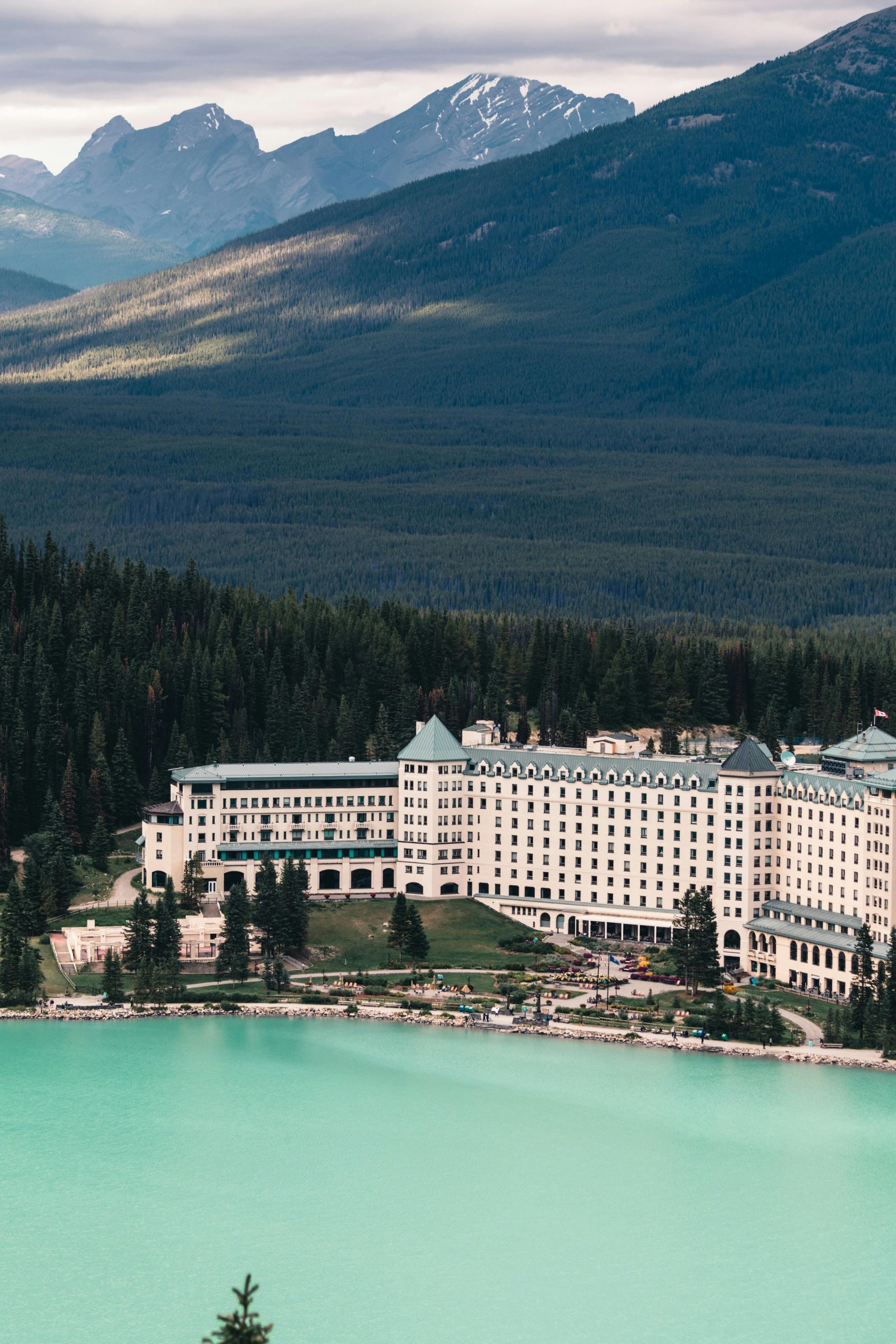
Our Roofing Blog
Have more questions about roofing?
Check out our FAQs or give us a call today to speak to an expert roofer in Vancouver Lower Mainland, BC. We're here to help our neighbours make educated decisions about their roof. For our team, we value helping clients save money while making their roofs last.
All Rights Reserved | Paragon Roofing BC | Web Design & SEO by Piiper Digital Solutions

